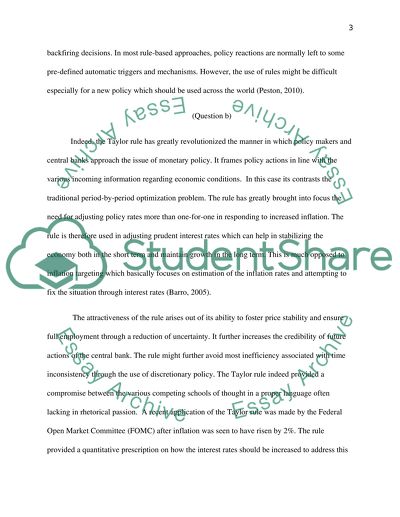Cite this document
(“Economic Analysis and Policy_Coursework Essay Example | Topics and Well Written Essays - 1000 words”, n.d.)
Economic Analysis and Policy_Coursework Essay Example | Topics and Well Written Essays - 1000 words. Retrieved from https://studentshare.org/macro-microeconomics/1476257-economic-analysis-and-policycoursework
Economic Analysis and Policy_Coursework Essay Example | Topics and Well Written Essays - 1000 words. Retrieved from https://studentshare.org/macro-microeconomics/1476257-economic-analysis-and-policycoursework
(Economic Analysis and Policy_Coursework Essay Example | Topics and Well Written Essays - 1000 Words)
Economic Analysis and Policy_Coursework Essay Example | Topics and Well Written Essays - 1000 Words. https://studentshare.org/macro-microeconomics/1476257-economic-analysis-and-policycoursework.
Economic Analysis and Policy_Coursework Essay Example | Topics and Well Written Essays - 1000 Words. https://studentshare.org/macro-microeconomics/1476257-economic-analysis-and-policycoursework.
“Economic Analysis and Policy_Coursework Essay Example | Topics and Well Written Essays - 1000 Words”, n.d. https://studentshare.org/macro-microeconomics/1476257-economic-analysis-and-policycoursework.


